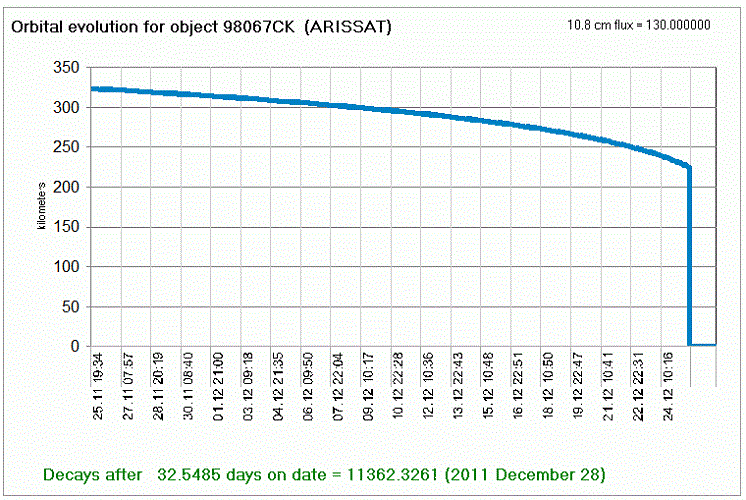Thanks to the satblog from DK3WN, I saw that Space-Track.com published now the ID’s for the last cubesat launch.
DICE 1 1 37851U 11061B 11335.98213095 +.00005465 +00000-0 +44960-3 0 00372 2 37851 101.7084 281.3727 0254523 194.8404 164.5233 14.77965880005103 DICE 2 1 37852U 11061C 11335.98154484 +.00005944 +00000-0 +48768-3 0 00438 2 37852 101.7074 281.3718 0254311 194.8534 164.5099 14.78016598005106 RAX-2 1 37853U 11061D 11336.52203229 .00005951 00000-0 48803-3 0 339 2 37853 101.7000 282.1398 0254011 193.6021 165.8244 14.78071279 5174 AUBIESAT-1 1 37854U 11061E 11335.84070964 .00006374 00000-0 51608-3 0 340 2 37854 101.7036 281.1694 0255290 195.0285 164.3221 14.78269655 5064 M-CUBED/EXP-1 PRIME 1 37855U 11061F 11335.84128847 .00006165 00000-0 49988-3 0 329 2 37855 101.7072 281.1754 0255380 195.0474 164.3035 14.78230731 5068
Any idea why M-Cubed and E1P use the same Catalog number? Are we missing an International Designator?
Update: Dec 6, 2011
DK3WN posted on his satblog: RF Confirmation – M-Cubed attached to E1P
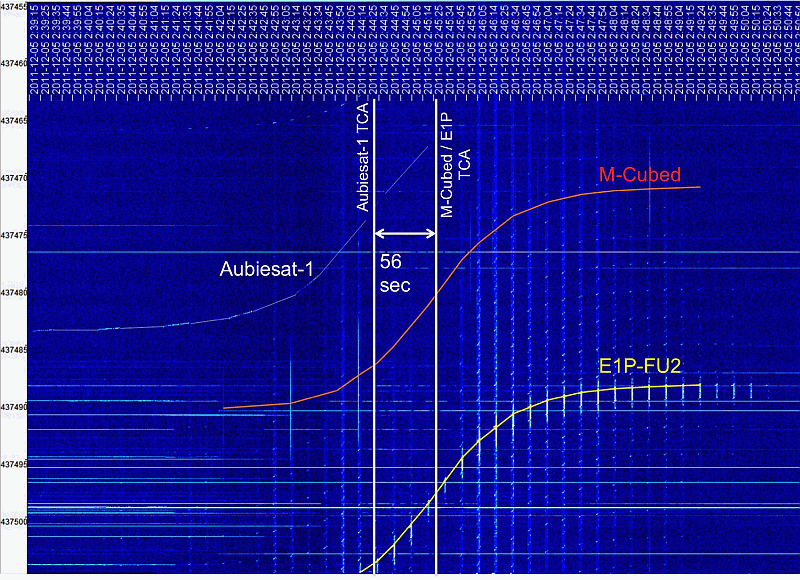

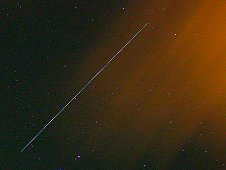 After spending more than 240 days “sailing” around the Earth, NASA’s NanoSail-D a nanosatellite that deployed NASA’s first-ever solar sail in low-Earth orbit has successfully completed its Earth orbiting mission. Launched to space Nov. 19, 2010 as a payload on NASA’s FASTSAT, a small satellite, NanoSail-D’s sail deployed on Jan. 20. The research team continues to analyze the orbital data to determine how future satellites can use this new technology.A main objective of the NanoSail-D mission was to demonstrate and test the deorbiting capabilities of a large low mass high surface area sail. “The NanoSail-D mission produced a wealth of data that will be useful in understanding how these types of passive deorbit devices react to the upper atmosphere,” said Joe Casas, FASTSAT project scientist at NASA’s Marshall Space Flight Center in Huntsville, Alabama.
After spending more than 240 days “sailing” around the Earth, NASA’s NanoSail-D a nanosatellite that deployed NASA’s first-ever solar sail in low-Earth orbit has successfully completed its Earth orbiting mission. Launched to space Nov. 19, 2010 as a payload on NASA’s FASTSAT, a small satellite, NanoSail-D’s sail deployed on Jan. 20. The research team continues to analyze the orbital data to determine how future satellites can use this new technology.A main objective of the NanoSail-D mission was to demonstrate and test the deorbiting capabilities of a large low mass high surface area sail. “The NanoSail-D mission produced a wealth of data that will be useful in understanding how these types of passive deorbit devices react to the upper atmosphere,” said Joe Casas, FASTSAT project scientist at NASA’s Marshall Space Flight Center in Huntsville, Alabama.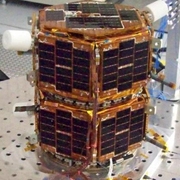 The FASTRAC satellites have been in operation for more than a year and the team has been able to get a lot of data from them, in great part due to the amazing support from the amateur radio community. Over the last month the team noticed that one of FASTRAC-1’s on board microcontrollers which controls one of the experiments has not been booting up correctly. The team has done everything possible to correct this issue apart from turning it off which can only happen if the batteries fall below an specific charge level. Since the satellites have been power positive throughout this whole year the only way this can happen is if the satellites transmit more often. Given that one of FASTRAC goals has always been to eventually provide a platform for amateur radio enthusiasts to use after the primary mission was over, the team has decided to open up FASTRAC-1 to the amateur radio community with the hope as more people use it to digipeat through the satellite, the battery levels will diminish and cause a hard reset of the microcontrollers on board. The satellite will be configured so that amateur radio operators can use it beginning on Friday Dec 2 at 10:00 AM CST. Starting on this date people will be able to digipeat through the satellites. The call sign and frequencies of the satellite are summarized below and an example of digipeating through the satellite is also shown in below. To increase the chances of causing a hard reset, it is requested that as many amateur radio enthusiasts try to digipeat through the satellite on the weekend of Dec 10. If you are successful at digipeating through the satellites or have any problems doing so please let us know at fastracsats@gmail.com, through our Facebook page (www.facebook.com/fastracsats) or through the forums on our website(
The FASTRAC satellites have been in operation for more than a year and the team has been able to get a lot of data from them, in great part due to the amazing support from the amateur radio community. Over the last month the team noticed that one of FASTRAC-1’s on board microcontrollers which controls one of the experiments has not been booting up correctly. The team has done everything possible to correct this issue apart from turning it off which can only happen if the batteries fall below an specific charge level. Since the satellites have been power positive throughout this whole year the only way this can happen is if the satellites transmit more often. Given that one of FASTRAC goals has always been to eventually provide a platform for amateur radio enthusiasts to use after the primary mission was over, the team has decided to open up FASTRAC-1 to the amateur radio community with the hope as more people use it to digipeat through the satellite, the battery levels will diminish and cause a hard reset of the microcontrollers on board. The satellite will be configured so that amateur radio operators can use it beginning on Friday Dec 2 at 10:00 AM CST. Starting on this date people will be able to digipeat through the satellites. The call sign and frequencies of the satellite are summarized below and an example of digipeating through the satellite is also shown in below. To increase the chances of causing a hard reset, it is requested that as many amateur radio enthusiasts try to digipeat through the satellite on the weekend of Dec 10. If you are successful at digipeating through the satellites or have any problems doing so please let us know at fastracsats@gmail.com, through our Facebook page (www.facebook.com/fastracsats) or through the forums on our website(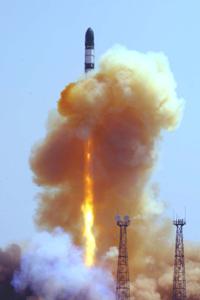 November 29, 2011 – AO-51 not responding to commands
November 29, 2011 – AO-51 not responding to commands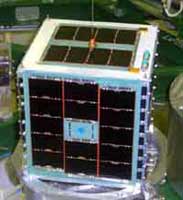 The command team will regularly attempt communications with the satellite over the coming months (and years). There is always the possibility that a cell will open and we could once again talk to our friend while illuminated. Thanks to all who helped fund, design, build, launch, command, and operate AO-51. It’s 7 year mission has been extraordinary. Please support AMSAT’s Fox-1 project, and other AMSAT projects worldwide with your time and money.
The command team will regularly attempt communications with the satellite over the coming months (and years). There is always the possibility that a cell will open and we could once again talk to our friend while illuminated. Thanks to all who helped fund, design, build, launch, command, and operate AO-51. It’s 7 year mission has been extraordinary. Please support AMSAT’s Fox-1 project, and other AMSAT projects worldwide with your time and money.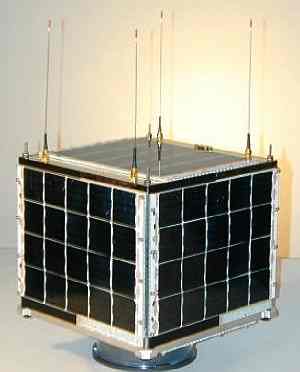 AO-51 Command Stations report that the seven year old spacecraft is now shutting down its transmitter after losing sunlight on its solar panels during eclipse periods. Two of the six battery cells are now dead. Since July 31, 2010 AO-51 has maintained continuous and stable operations due to careful tuning of its power settings.
AO-51 Command Stations report that the seven year old spacecraft is now shutting down its transmitter after losing sunlight on its solar panels during eclipse periods. Two of the six battery cells are now dead. Since July 31, 2010 AO-51 has maintained continuous and stable operations due to careful tuning of its power settings.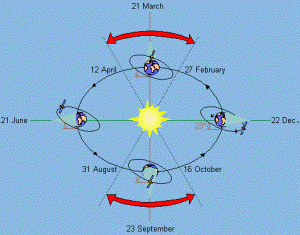 Drew reported that telemetry data showed the battery voltage was low, around 4.9v, with cell 1 less than 1 volt. The impending third cell failure will likely end continuing operations, particularly if it fails shorted as the others have. At present there remains little margin as the operations team has observed the transmitters cutting off around 4.7 to 4.6 volts prior to the last reset, in eclipse.
Drew reported that telemetry data showed the battery voltage was low, around 4.9v, with cell 1 less than 1 volt. The impending third cell failure will likely end continuing operations, particularly if it fails shorted as the others have. At present there remains little margin as the operations team has observed the transmitters cutting off around 4.7 to 4.6 volts prior to the last reset, in eclipse.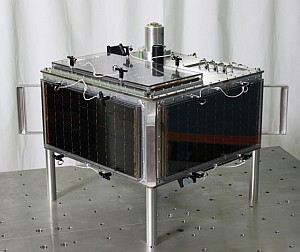 A reminder that if you have been putting off working through the ARISSat-1 repeater, receiving SSTV pictures, or submitting telemetry, the next few weeks will be your last opportunity to be a part of this satellite’s history. Since deployment in August, ARISSat-1 has descended about 60 km, and is currently losing more than 1.5 km per day. The rapid rate is partially the result of the recent solar activity on the atmosphere, significantly increasing the drag. The predictions by several individuals and groups are all converging toward a reentry in January or February, 2012. Heating will become significant before then. Remember, good telemetry in this period provides invaluable information to the engineering team, to be used in future projects.
A reminder that if you have been putting off working through the ARISSat-1 repeater, receiving SSTV pictures, or submitting telemetry, the next few weeks will be your last opportunity to be a part of this satellite’s history. Since deployment in August, ARISSat-1 has descended about 60 km, and is currently losing more than 1.5 km per day. The rapid rate is partially the result of the recent solar activity on the atmosphere, significantly increasing the drag. The predictions by several individuals and groups are all converging toward a reentry in January or February, 2012. Heating will become significant before then. Remember, good telemetry in this period provides invaluable information to the engineering team, to be used in future projects.